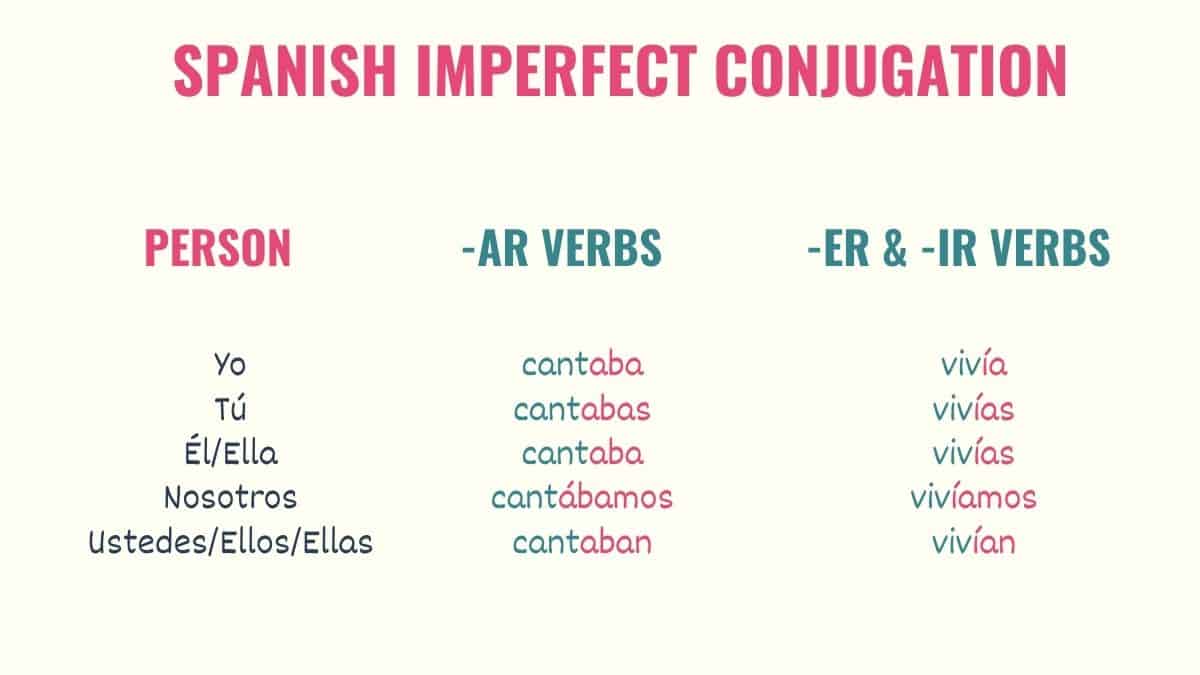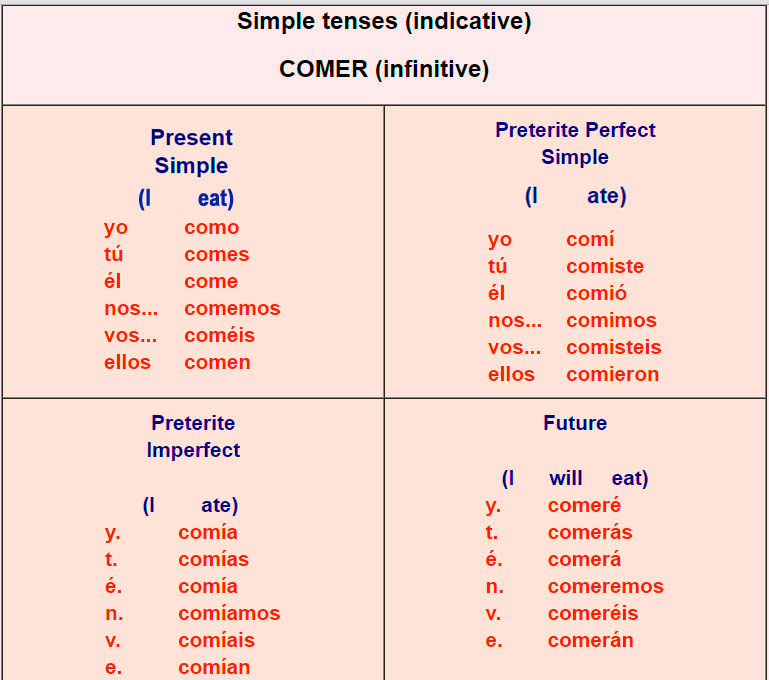

Here are the most common gendered pronouns.Įllos no quieren venir (They don’t want to come) She’ll come along.’ ‘She’ replaces ‘Lara’. Instead, we can say ‘Lara is my best friend. Lara will come along.’ That sounds like an artificial intelligence robot. We don’t have to say ‘Lara is my best friend. Pronouns are used to replace a noun or name. With the rules above, we can make a gendered sentence using the article + adjective + noun. La casa grande (the big house) or las casas grandes (the big houses) Adjectives ending in -e(s) don’t change according to the noun.The adjective is bellasĮl pájaro lento (the slow bird). Las bellas cascadas (the beautiful waterfalls). Adjectives will also be affected by the noun’s gender and number: Adjectivesĭo adjectives in Spanish have gender? Yes, nearly every word does. Don’t get freaked out if you see les compañeres (the colleagues) instead of los compañeros. For noun-article agreement, the ending is also changed to -es. Progressives use the article les for mixed groups.

This linguistic practice is being challenged by linguistic movements in the current gender-neutral times. The male gender historically took precedence. If you have 99 women and just one man, it has traditionally been ellos.

Singular and plural masculine: el and losĮxamples: el temblor (the earthquake), los temblores (the earthquakes).Singular and plural feminine: la and las.Įxamples: la casa (the house), las casas (the houses).Unlike in English, the article will also be affected by whether the noun is plural. The gender of a noun will affect the article that goes with it. We can thank the Spanish language gods for this. Not even the Real Academia Española can answer these questions. Why? Perhaps it is a remnant from Latin, but not all linguistic details are clear. Lazo, paisaje, estambre, tambor, trampolín, tabú They may also end in an accented vowel like – á or – ú Masculine: ending in -o, -aje, -ambre, -or, -ín.Feminine: ending in -a,-ía, -ción, -sión, -dad, -tad, -zaĬama, cría, canción, pasión, maldad, amistad, taza.You can follow these basic rules to start identifying the gender of a noun: The moon ( luna), for example, is female. In most cases, female words will end with an ‘-a’ and male words will end with an ‘-o’. In Spanish, most words are either masculine or feminine. The simplest tip to guess the gender of a word is to look at its ending.


 0 kommentar(er)
0 kommentar(er)
